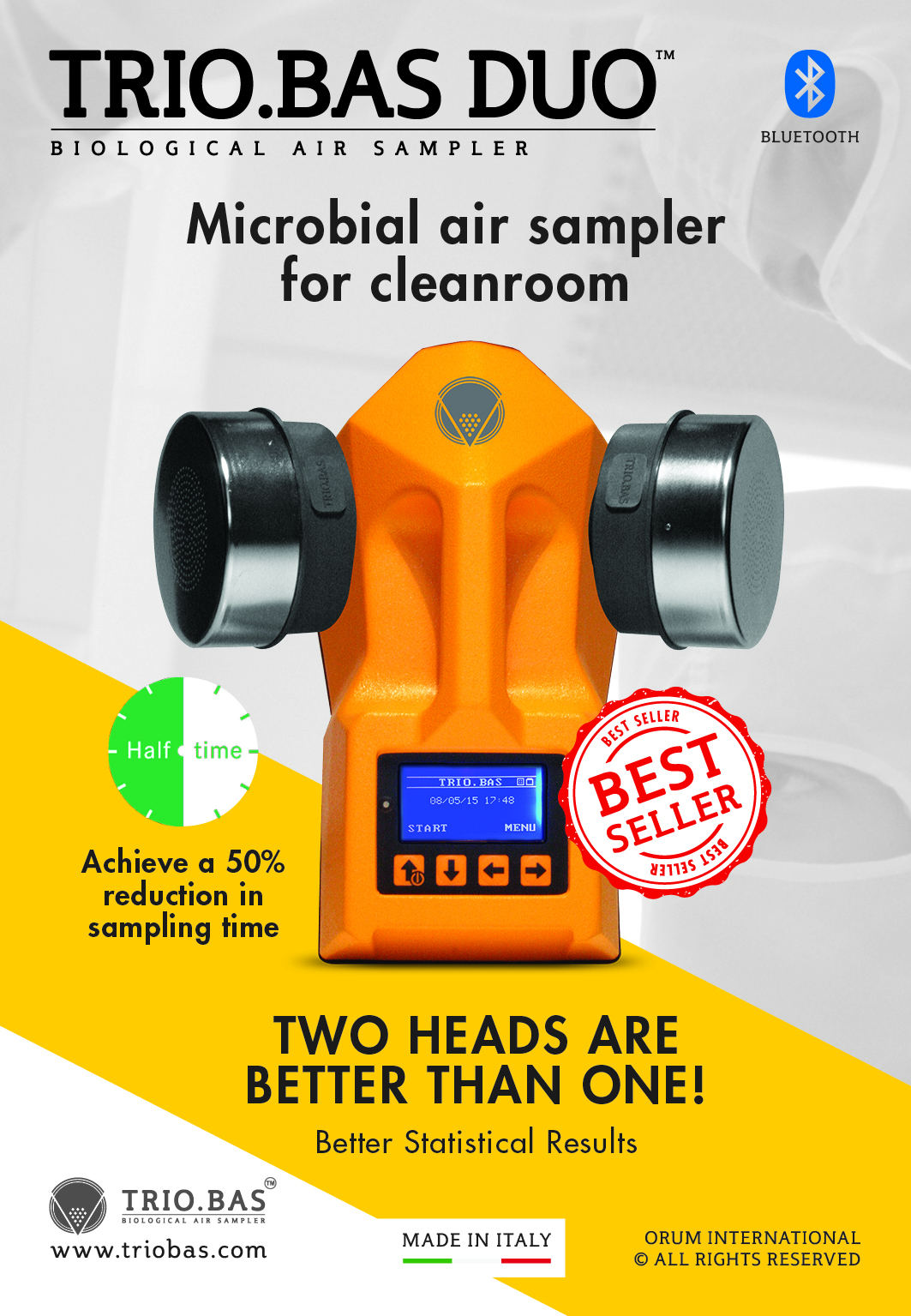Analytical Quality Control
Guidelines for the publication of Analytical Results of Chemical Analyses in Foodstuffs. NMKL Protocol No.5, Ed. 2011.
- www.nmkl.org
- http://www.nmkl.org/Engelsk/Newsletter/79-eng.pdfNew
NMKL Protocol:
NMKL Protocol No. 5, 2011: Analytical Quality Control ] Guidelines for the Publication of Analytical Results of Chemical Analyses in Foodstuffs
Page 4 NMKL Newsletter
These guidelines describe analytical quality control procedures that are intended to help ensure the quality and reliability of published analytical data. They are based on quality criteria such as sampling procedures, method selection and description, use of certified reference materials and participation in proficiency testing.
In addition, they include some advice on how to organize the description of the quality assurance in the manuscript. The quality assurance criteria are summarised in a Check]list, shown to the right.
The protocol is intended for use by all parties involved in the publishing process, i.e. manuscript authors, journal editors and manuscript reviewers/referees. The check list can be of assistance to the persons involved in order to simplify/standardize the reviewing process.
The protocol is elaborated under the leadership of Lars Jorhem, National Food Administration, Sweden, and can be downloaded free of charge under Protocols on NMKL’s homepage. The protocol is available in English.
| Paragraph in protocol | Analytical parameter | Reviewer comments | |
| 4.1 | SAMPLING DECRIPTION | ||
| 4.1.1 | Sampling representativity | ||
| 4.1.2 | Sampling procedure, transport, storage | ||
| 4.2 | METHODOLOGY | ||
| 4.2.1 | Appropriate choice of method | ||
| 4.2.2 | Clarity/transaprency of description | ||
| 4.2.3 | Awareness of interferences | ||
| 4.2.4 | Determination of recovery | ||
| 4.2.5 | Handling of sample blanks | ||
| 4.2.6 | Reporting limit | ||
|
4.2.7 |
Definition of reporting limit |
Yes |
No |
| 4.2.8 | Number of replicates | ||
| 4.3 | CERTIFIED REFERENCE MATERIALS Available and used in study |
||
| 4.3.1 | Relevant matrix | ||
| 4.3.2 | Relevant concentration | ||
| 4.3.3 | Clearly referenced | ||
| 4.4 | PROFICIENCY TESTING Available and using in study |
||
| 4.4.1 | Relevant matrix | ||
| 4.4.2 | Relevant concentration | ||
| 4.5 | MEASUREMENT UNCERTAINTY Described/presented |
||
| 4.5.1 | Random error (standard deviation) | ||
| 4.5.2 | Systematic error (blas) | ||
| 4.6 | UNEXPECTED RESULTS | ||
| 4.6.1 | If yes in 4.6, verified by other method | ||
| 4.6.2 | If yes in 4.6, verified by other laboratory | ||
| 5 | ACCEPTABLE ORGANISATION OF AQC | ||
| 5.1 | Description of AQC procedure acceptable | ||
| 5.2 | Presentation of AQC-results acceptable | ||

















